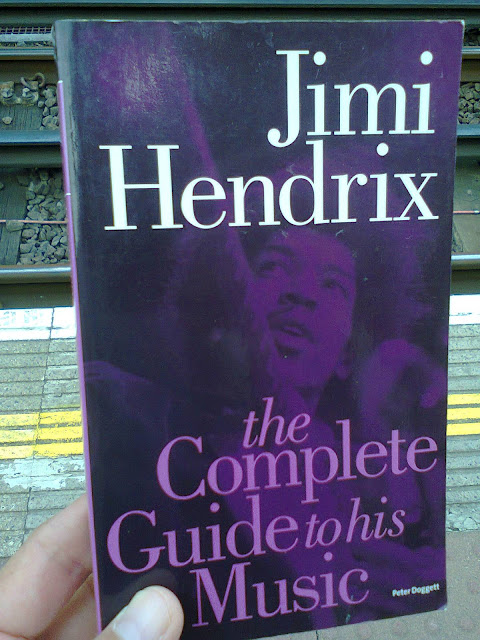A book of observations of the humdrum daily activities at South Mimms Motorway Services. Parts of it are dreary indeed – details of what people are wearing, eating and so on (as above) – and the author's prose fails to infuse the mundane with any sense of the extraordinary. The book is heavy on detail (including far too much about the author's use of the toilet cubicles), but light on analysis – an intentional approach, no doubt, but not one that's especially engaging. A more poetic writer observing this seething mass of humanity could have explored universal truths about who we are and how we live. More interesting are the brief interviews with service-station staff and regulars, who provide glimpses into the local history and real insights into the long hours spent in these non-places between places. More of this "oral history" tactic would have worked better.
A few errors: the group is The Byrds, not The Birds (p.32), and it's Pete Townshend, not Pete Townsend (p.148). The song referred to is "I'm a Believer", not "I am a Believer" (p.56), and slang for a bloke is "geezer", rather than "geyser" (p.67). These points may seem minor and/or pedantic, but they have an undermining effect: when he writes of "a young William Haigh type" (p.70), it's unclear whether he means the former Conservative party leader William Hague or someone else entirely. Not quite the level of research you'd expect from someone described as "Director of the Centre for Community Research at the University of Hertfordshire".
Some of the observations left a sour taste: "What is it about couples, men and women, walking arms around each other's waists so early in the morning? Have they just emerged from the Days Inn Motel opposite where a night of pleasure has occurred? Or is it simply they are sad people?" (p.149) What's wrong with being in love? Why is showing affection "sad"?
On the plus side, the photos are nice and I would have liked more of them. There's an entertaining and insightful book to be written about service stations. This isn't it.






